Category: Nanoenterprise
-
PRESS RELEASE
Loans Are Not Enough: Social Safety Nets Keyto Lifting Women Nano-Entrepreneurs Out of Poverty, Study Finds Mindanao, Philippines — Market-based approaches such as microloans are not enough to help women nano-entrepreneurs escape poverty. What they urgently need are strong social safety nets—savings, insurance, childcare support, and disaster assistance—to survive repeated crises and build sustainable livelihoods.…
-

SEDPI Calls for Urgent Action to Support Nano Enterprises at UN Women Summit
Quezon City, Philippines. At the Regional Summit on Inclusive Economic Empowerment to Accelerate Climate Action and Low Carbon Solutions, Vince Rapisura, co-founder and president of the Social Enterprise Development Partnerships, Inc. (SEDPI), delivered a compelling presentation on the state of nano enterprises in the Philippines—highlighting their struggles, resilience, and potential to contribute to climate adaptation…
-
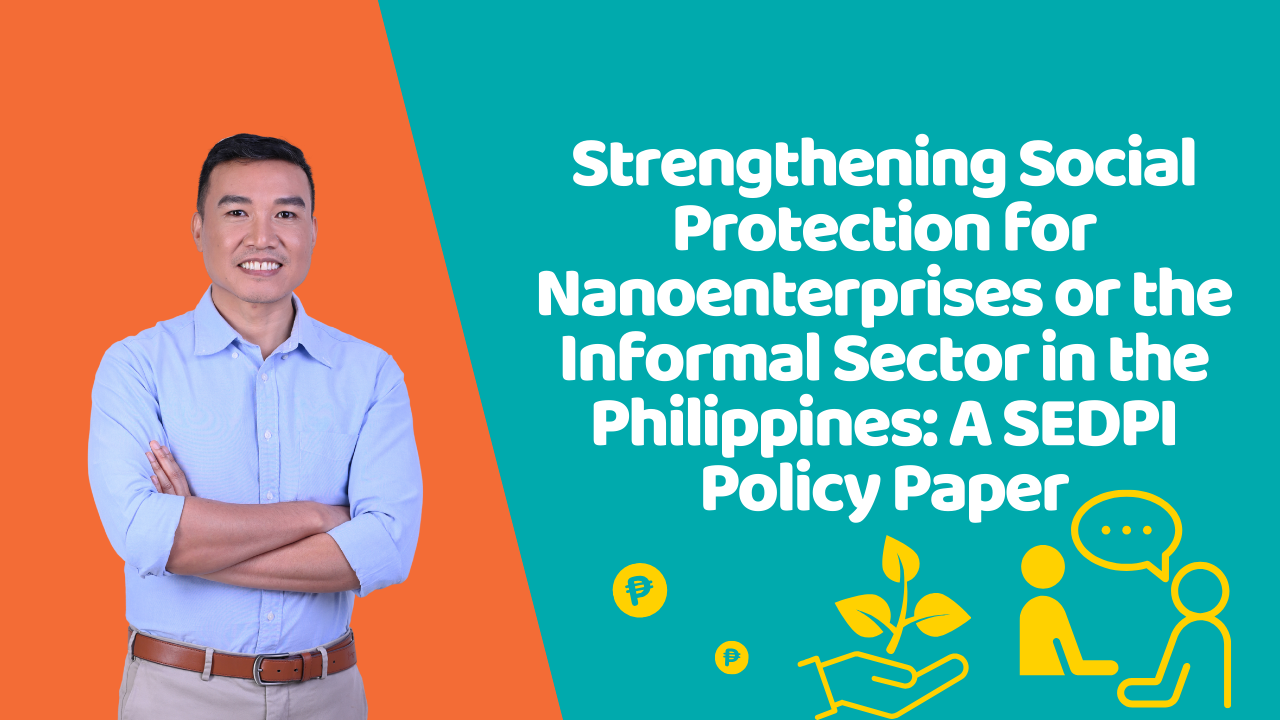
Strengthening Social Protection for Nanoenterprises or the Informal Sector in the Philippines: A SEDPI Policy Paper
Strengthening Social Protection for Nanoenterprises or the Informal Sector in the Philippines: A SEDPI Policy Paper I. Executive Summary This paper calls for urgent legislative intervention to address the exclusion and inequity of the current SSS contribution structure, particularly for self-employed individuals and nanoenterprise operators. While Republic Acts 1161, 8282, and 11199 mandate the government…
-
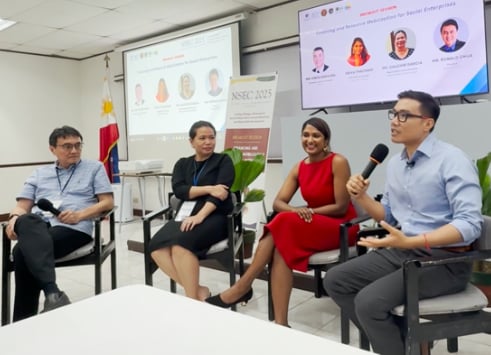
Breaking Barriers: Financing Realities and Bold Solutions for Social Enterprises Take Center Stage at NSEC 2025
“We all say we love collaboration—but we have to actually do it.”—Priya Thachadi, Villgro Philippines The 2025 National Social Enterprise Conference’s breakout session on Financing and Resource Mobilization convened some of the country’s most insightful voices in the impact ecosystem for an honest and energized exchange of ideas. With social finance reformers Vince Rapisura of…
-
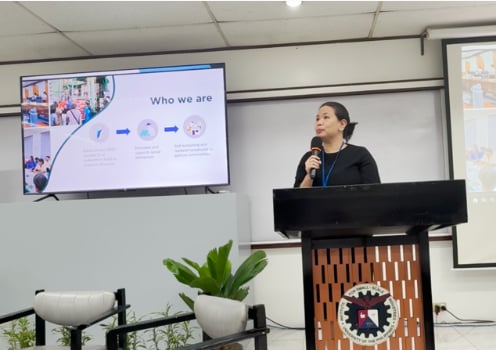
Financing from the Ground Up: Peace and Equity Foundation’s Strategic Approach to Social Enterprise Development
Insights from Cauchie Garcia, Deputy Executive Director, Peace and Equity Foundation (PEF) At the 2025 National Social Enterprise Conference (NSEC), Cauchie Garcia of the Peace and Equity Foundation (PEF) delivered a compelling presentation on the realities and lessons in financing social enterprises (SEs), especially those working with rural and marginalized communities. Garcia began by outlining…
-
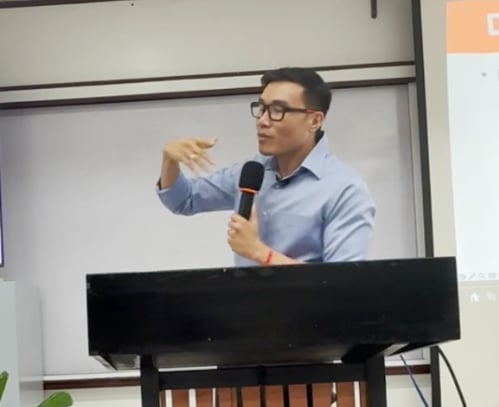
Rethinking Impact: How SEDPI is Decolonizing Finance and Mobilizing Social Investments in the Philippines
In a world where profit often trumps purpose, how do social enterprises thrive—much less survive? This was the central question I raised during my talk at the 2025 National Social Enterprise Conference (NSEC) breakout session on Financing and Resource Mobilization for Social Enterprises. Despite the noble intentions behind the concept of impact investing, the practice…
-
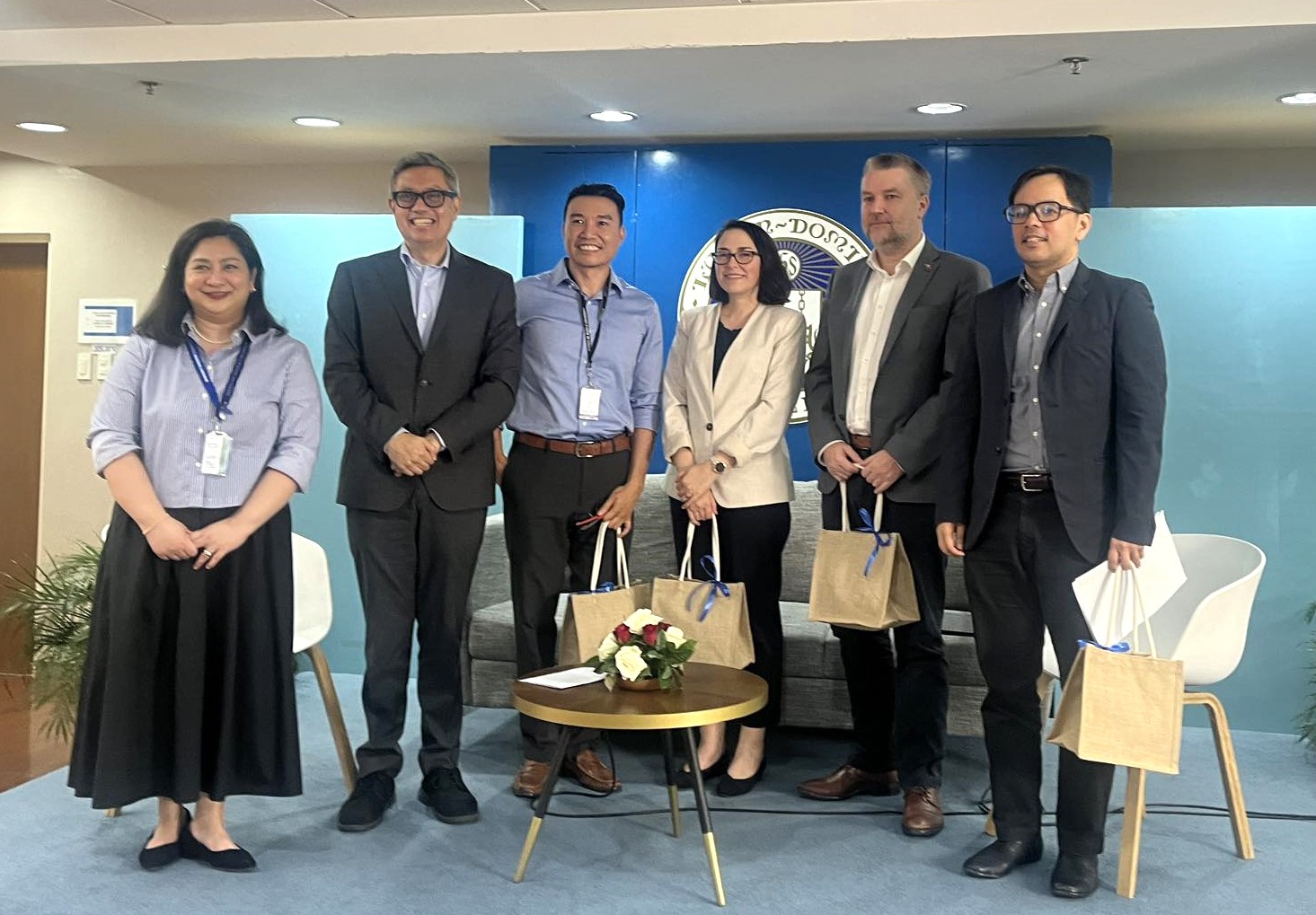
Open Forum Highlights Diverse Yet Complementary Views on Women’s Financial Empowerment
The open forum at the Women Entrepreneurship and Financial Inclusion event—organized by the Ateneo Center for Social Entrepreneurship (ACSEnt), the World Bank, and the Australian Embassy—offered a dynamic exchange of insights among panelists and participants. Moderated by Ana Tan, the session brought together Vince Rapisura (SEDPI), Dr. Liliana Sousa (World Bank), and Conrad De Jesus…
-
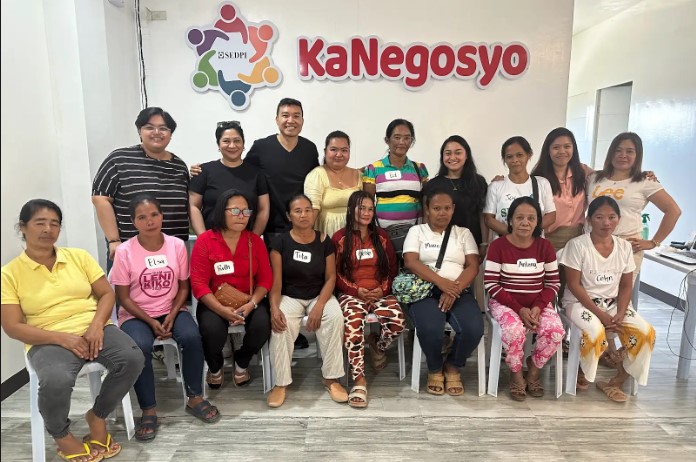
SEDPI Highlights Women Nano-Entrepreneurs’ Resilience in Mindanao at World Bank-Ateneo Forum
In celebration of Women’s Month, the Ateneo Center for Social Entrepreneurship (ACSEnt), in partnership with the World Bank and the Australian Embassy, held a landmark forum on “Women Entrepreneurship and Financial Inclusion.” One of the event’s highlights was the presentation of a field-based study by Vincent Rapisura, President of SEDPI, focusing on the resilience of…
-
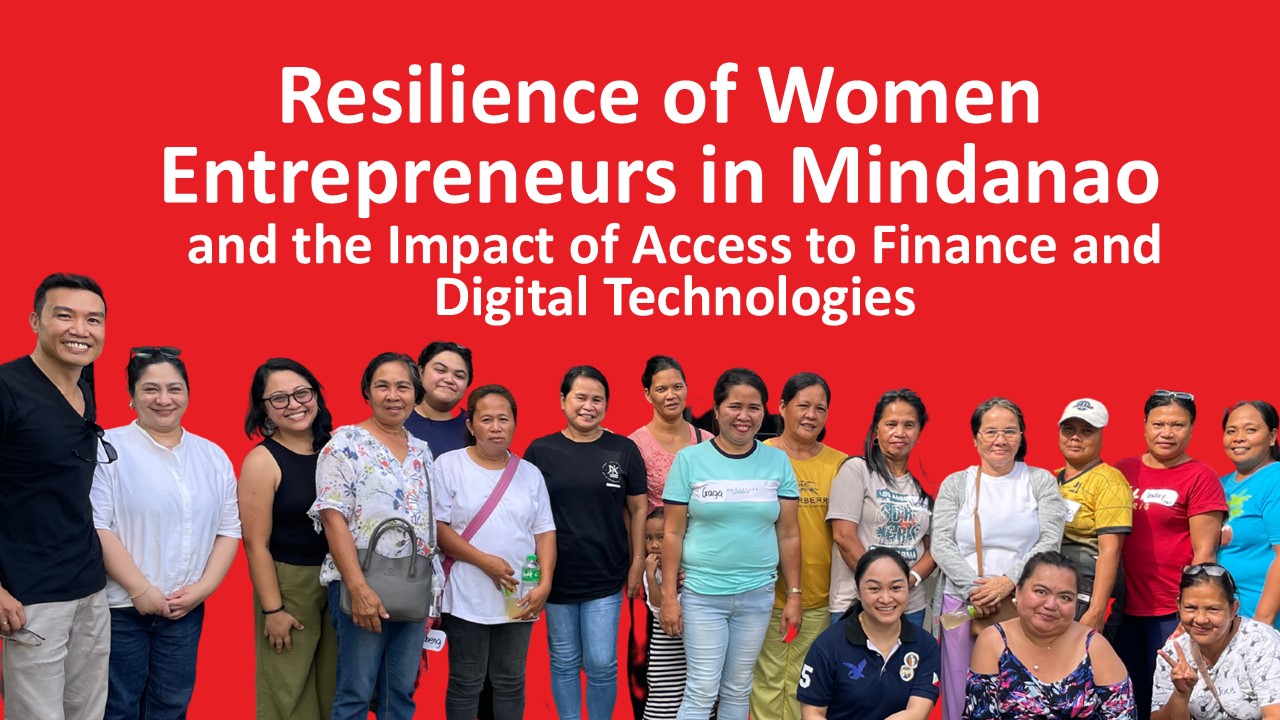
Resilience of Women Entrepreneurs in Mindanao and the Impact of Access to Finance and Digital Technologies – Presentation Transcript
The following is the transcript of the paper presentation delivered by Vince Rapisura, President of the Social Enterprise Development Partnerships, Inc. (SEDPI) and Lecturer at Ateneo de Manila University, during the forum “Women Entrepreneurship and Financial Inclusion.” The event was held at the Ateneo de Manila University on March 20, 2025, and co-organized by the…
-

SEDPI KaNegosyo Opens 17th Branch, Expanding Support for Nanoenterprises
Strengthening Communities Through Sustainable Finance SEDPI KaNegosyo proudly marks another milestone with the grand opening of its 17th branch, a testament to its unwavering commitment to empowering nanoenterprises across the country. With this expansion, SEDPI continues to provide sustainable financial solutions, social protection, and housing support, fostering economic resilience among small business owners. “Our mission…